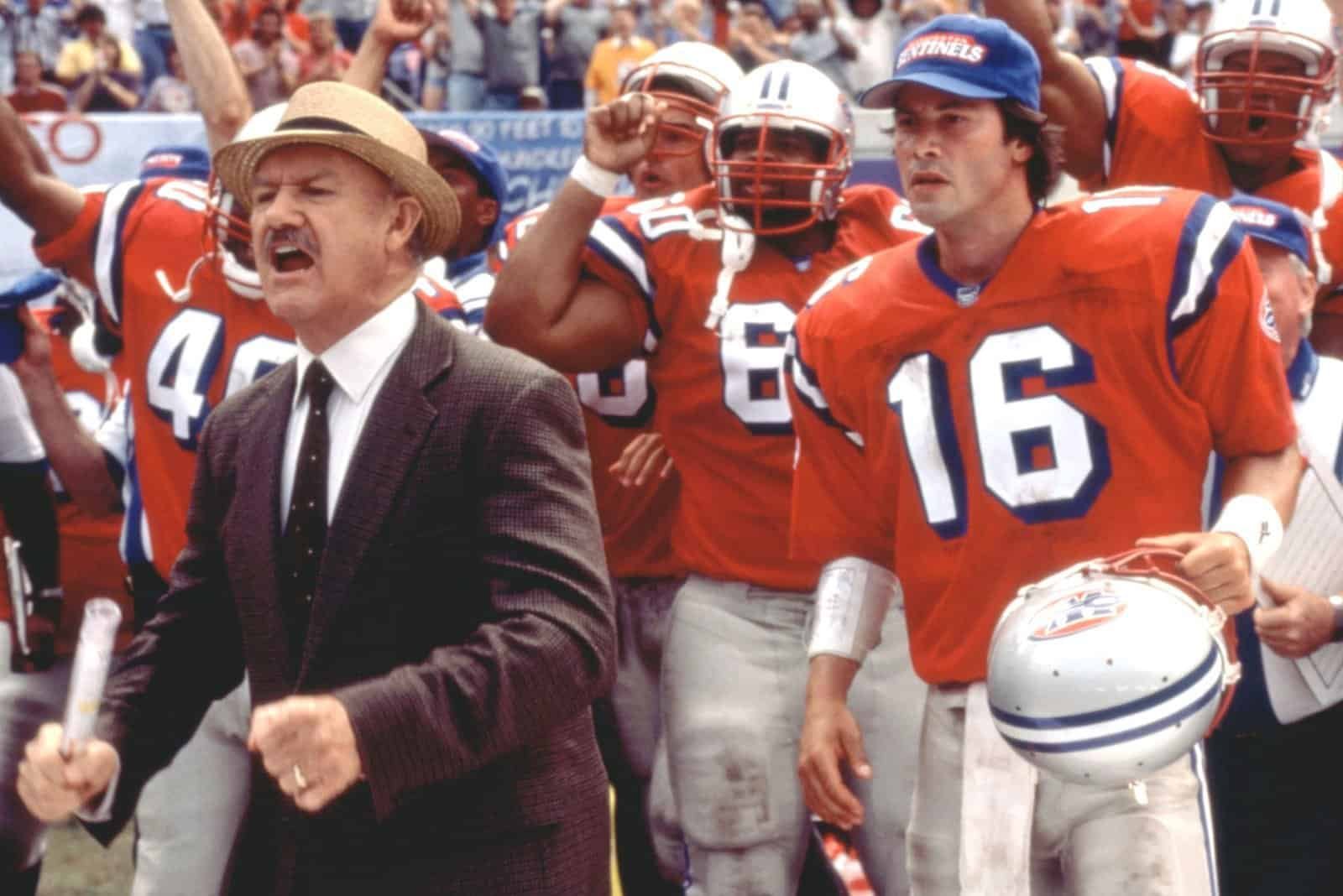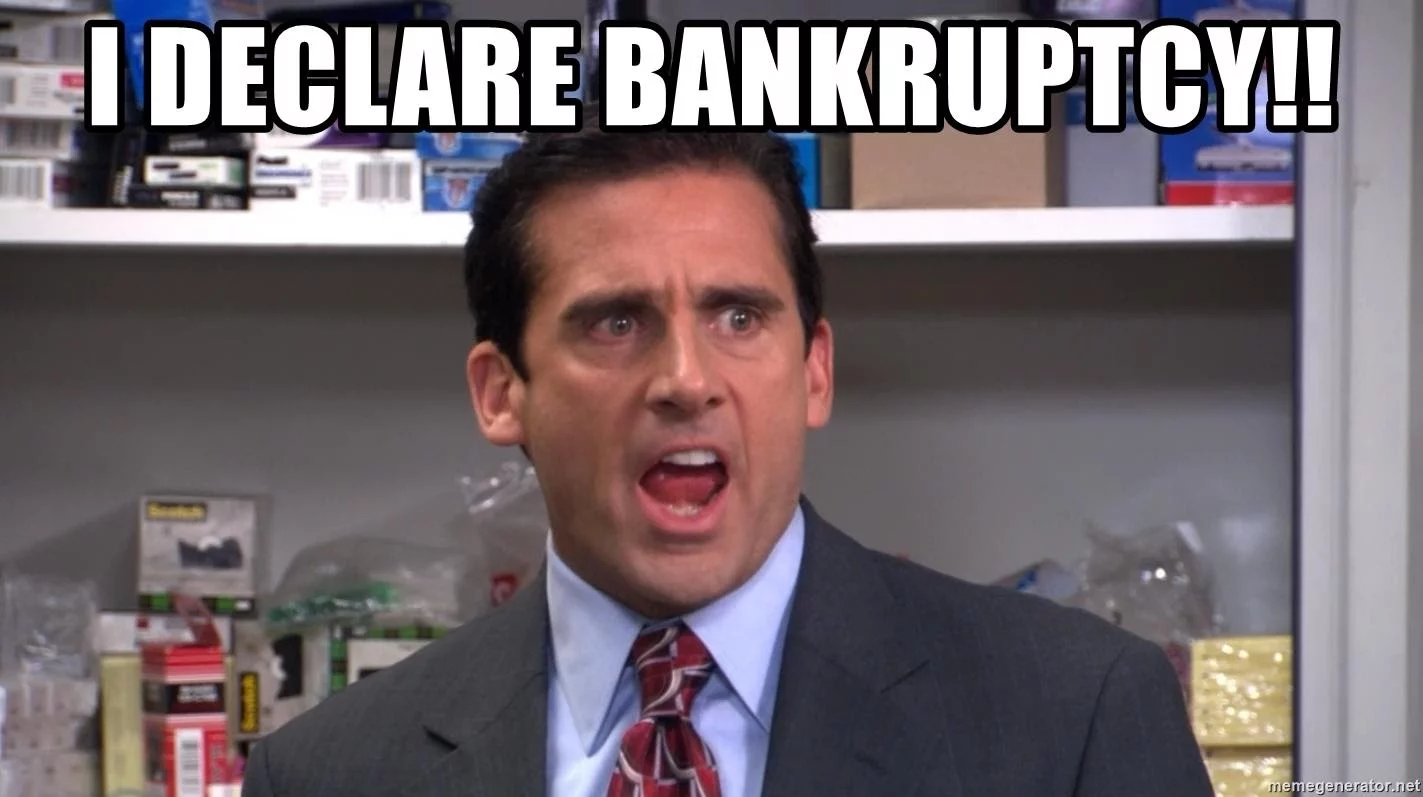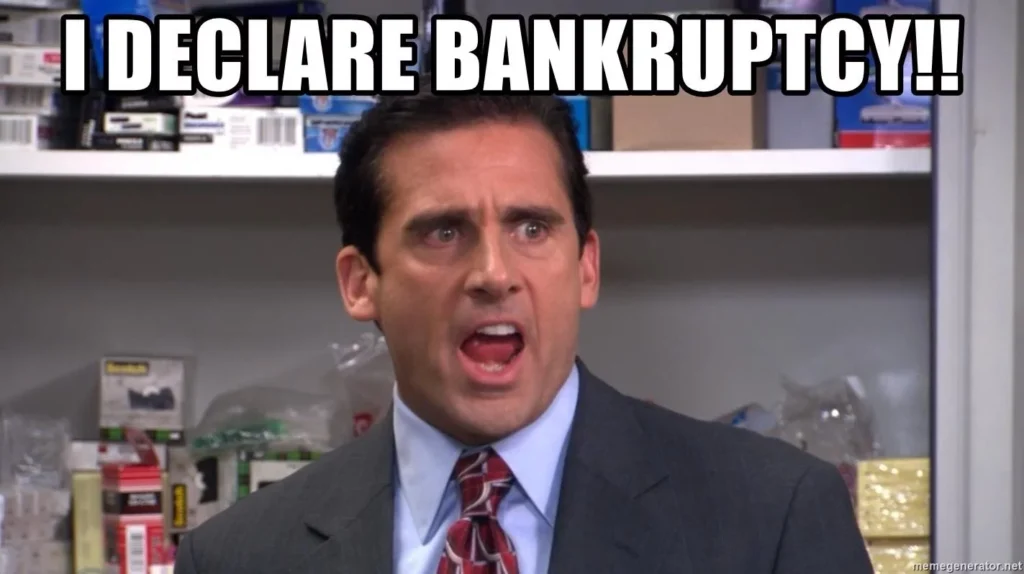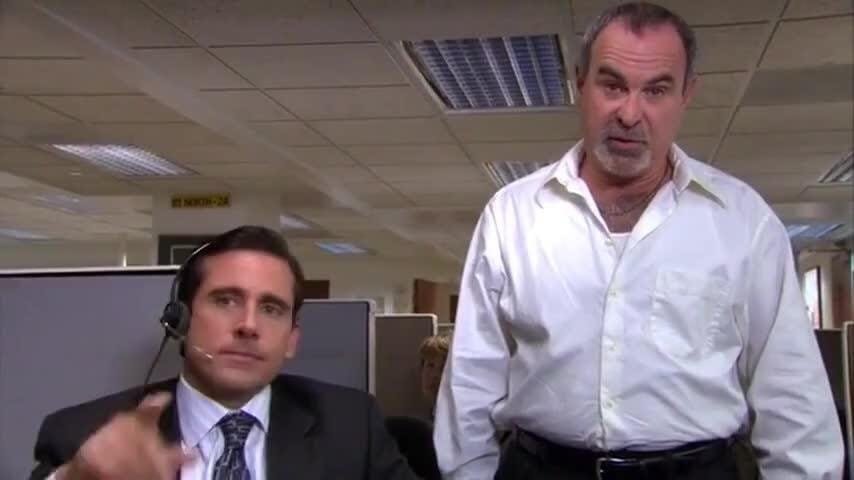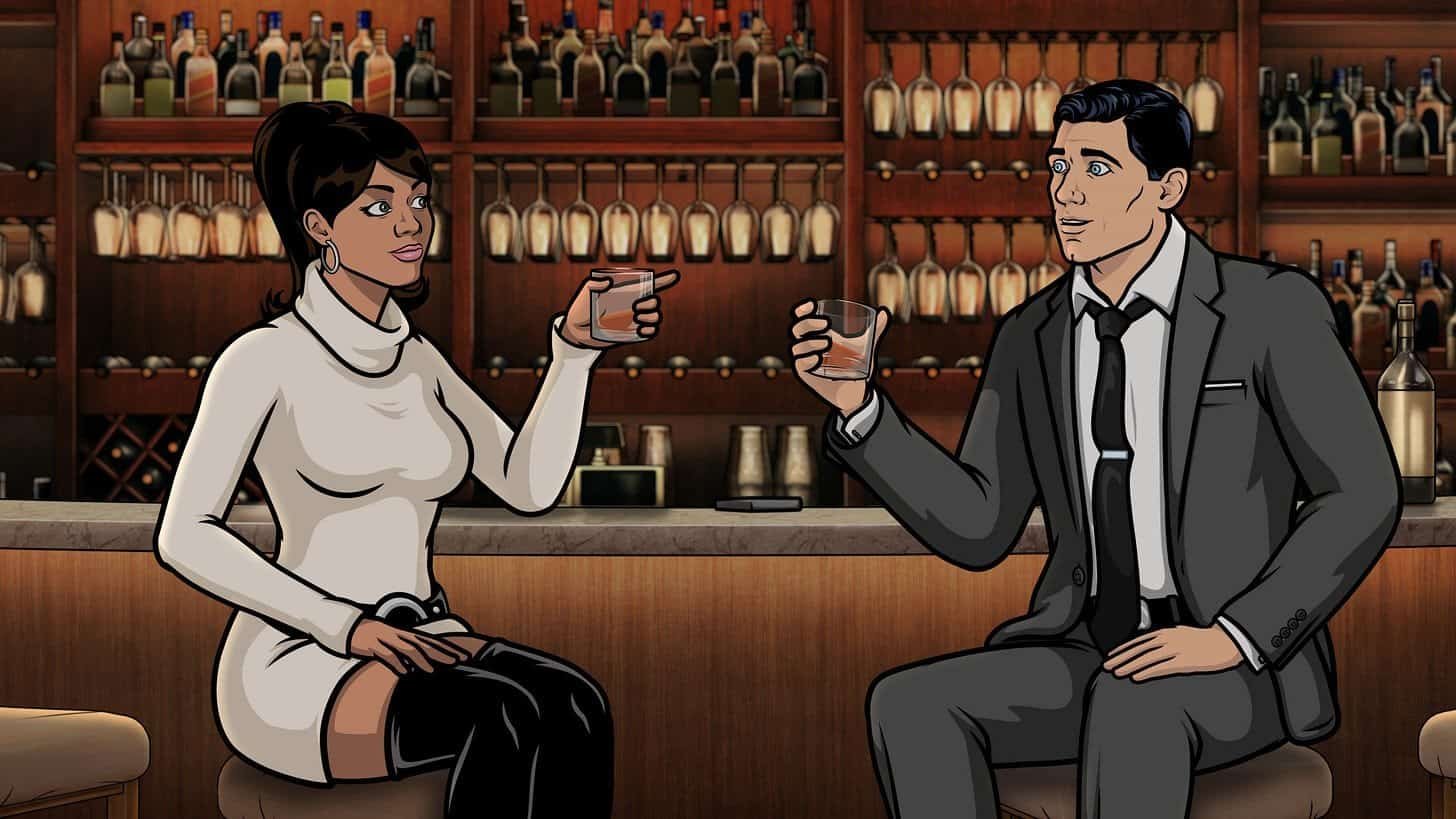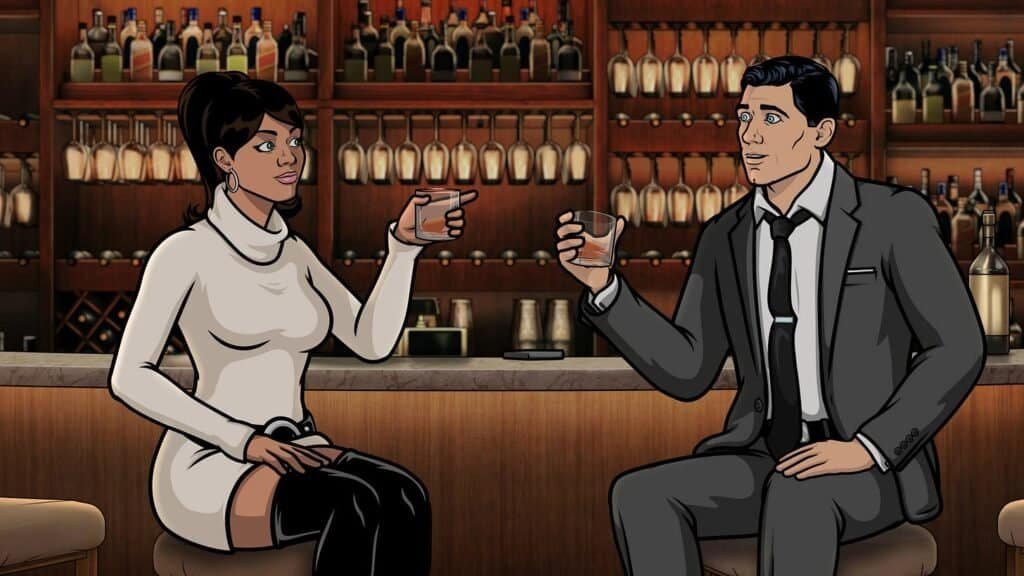Checkov’s gun is a writing principle to eliminate unnecessary details in storytelling, and we can adapt it to make sales demos and presentations more impactful.
Anton Chekhov is known as one of the greatest writers in history (though I’ll admit I read Uncle Vanya in high school and was not a fan); even if you’re not familiar with his writing, you’ve likely heard of the literary term “Checkov’s gun:”
Remove everything that has no relevance to the story. If you say in the first chapter that there is a rifle hanging on the wall, in the second or third chapter it absolutely must go off. If it’s not going to be fired, it shouldn’t be hanging there.
This principle is critical in sales presentations. Audiences don’t have much patience for presentations that aren’t going anywhere, and unnecessary details can complicate a story. In this post, we’ll explore how details can make a story better (or worse) with a few examples from movies and TV, then we’ll talk about why this matters for sales presentations.
The first rule of foreshadowing is we don’t talk about foreshadowing
Details can be used to foreshadow, or give hints about upcoming plot points. They can also serve as red herrings, or bad clues that distract the audience (and/or the characters). Fight Club is a masterclass in both.
Fight Club is known for a huge plot twist. Spoiler alert (25 years later): The protagonist, Jack/The Narrator (Edward Norton), is also Tyler Durden (Brad Pitt). Most viewers don’t see the twist coming, but there are subtle clues along the way that foreshadow the twist. For example, early in the movie, before The Narrator meets Tyler, an image of him shows up in a single frame. It’s subtle, but meaningful; after all, how could The Narrator know who Tyler is if they haven’t met?

Fight Club also has red herrings, notably, the character Marla Singer (Helena Bonham Carter). Marla and The Narrator have a hostile relationship for most of the movie, and about halfway through she starts sleeping with Tyler. The red herring is you see this relationship from the perspective of The Narrator, who is infuriated by it. The second act ends when Marla calls The Narrator “Tyler,” which not only reveals our twist, but it also reframes her hostility — of course she’s hostile because she doesn’t know whether she’s interacting with the Narrator personality or the Tyler personality.
Fight Club‘s use of foreshadowing and red herrings add richness and depth to the plot. The details serve a purpose, and there’s a satisfying payoff at the end. This is an example of when Checkov’s gun isn’t the most important aspect of the story.
Foreshadowing can be a great tool to use in a sales presentation. For example, you could float the solution at the beginning of the presentation without giving the entire thing away. After defining the problem (in a way that doesn’t insult the audience), you can share some of what your solution will be, but not all of it. Give them enough detail it’s clear you are going to solve the problem but not so much that the audience is overwhelmed. The key is to start with the end in mind, but not give it all away at the beginning.
Chekov’s Gun taken too far
Compare the masterful Fight Club with the awful Space Cowboys. If you haven’t seen it, the plot is basically: “Retired astronaut Clint Eastwood is old and grouchy (aka real life Clint Eastwood if he were a retired astronaut) has to fix something in space, and won’t go to space without his astronaut friends who are also old and slightly less grouchy.”
Early in the movie, ace pilot Tommy Lee Jones simulates a shuttle landing where he intentionally stalls (slows the shuttle so it sinks). The scene appears to exist to show that he knows more than some fancy-pants simulator. But the real reason that scene exists, which the viewer can see coming a mile away, is so he can land the shuttle the same way at the end. In this example, Checkov’s gun goes from being a device to influence the plot to a device that drives the plot. And the movie is worse for it (which is saying something. Seriously that movie is garbage).
This is the problem when Checkov’s gun goes too far — it makes the story contrived and predicable. And no one wants predictable. We remember “Luke, I am your father” (even if the actual line is “No, I am your father”) because we didn’t expect it. And we remember unexpected.
As you’re preparing a sales presentation, ask yourself if your competitor could give the same presentation (more or less). If the answer is yes, you may want to add some details to make your solution stand out. Otherwise your prospect may find themselves asking “wait, was this company A or company B? Remind me what the difference is?”
Don’t ignore Checkov’s gun either
There’s a bit of a spectrum when it comes to following Checkov’s gun. One one side of it you have Space Cowboys, or a story that puts a contrived plot element for no other reason than “we need it to come back later.” On the other side of that spectrum is a story that has so many unnecessary details the audience gets lost (literally, that’s what happened on Lost), confused or frustrated.
Take Game of Thrones, which had several head scratching plot points. One example is the White Walkers, these ice zombie creatures who were set up for 8 years to be an existential thread to Westeros. After all of the buildup, they were eliminated after a single CGI-laden battle when Arya Stark killed the Night King (the “leader”). After 8 years of buildup, it was a massive letdown. And the story wouldn’t have been substantially different had the White Walkers not been in the show at all.
As you’re working on your sales presentation, incorporate curiosity. There’s a reason we all click on clickbait (“you’ll never believe how this one simple trick…”). But have you ever clicked on a clickbait-ey headline only to be let down by the information itself? That often leads to a reader not only abandoning the web page, but also being more skeptical of those headlines or that particular site in the future. Make sure the curiosity you generate leads to a payoff where your audience feels it was worth their time.
We’re talking about sales presentations, not movies
As we can see, there are three choices when it comes to unnecessary details: leave them out completely (the “full” Checkov’s gun), have way too many (ignoring Checkov’s gun entirely), or something in-between. When it comes to sales presentations, the default should be closer to the “full” Checkov’s gun than ignoring it. You can add details, but they need to be brief, interesting, and relevant.
Most presentation intros ignore Checkov’s gun, and it makes them worse for it. They usually start with some stat that’s supposed to sound profound and interesting, but almost always falls flat.
“77% of CTOs think security is their biggest problem this year.”
“According to Gartner, the CMO will spend more on technology than the CIO by 2020.” (I don’t know if this came true or not).
“In our survey of the 6 people in our break room, customer expectations are higher than ever.”
Sometimes these stats are legitimately interesting. But as Northwestern professor Ed Malthouse used to always say when I was in grad school: “good data is actionable, and bad data is just interesting.”
More often than not, I’ve found these stats to be the opposite of Checkov’s gun. Obstinately used to set the scene for the meeting, they never actually accomplish that goal. It’s a beginning with no end, where the numbers are presented and then left hanging, leaving the audience to question why they were there in the first place.
Even worse, these stats are often so generic that every vendor uses the same one. In marketing, that Gartner stat about technology spend used to come up all the time, and literally EVERYONE shows Scott Brinker’s “Supergraphic” with the logos of every vendor in the space (11,038 in 2023). Rather than grabbing the audiences attention with some sort of hook, these intros leave audiences asking “which vendor did we just meet with? Didn’t the last one say the exact same thing?”
What to do instead
When you’re coming up with an intro to your next sales meeting or presentation, think about how to connect your intro to the rest of the demo. My old boss at IBM used to always talk about “landing the plane,” or bringing the point home. In your sales presentation, this is absolutely critical. As you’re reviewing your presentation, keep Checkov’s gun in mind. If you show a stat in the intro, it has to come back at the end. No exceptions. Because if it isn’t important enough to bring up at the end, it wasn’t important enough to bring up at the beginning.
Another option is to tell a story or do something unexpected. This is almost always my approach I love intros that seemingly come out of left field, but there’s always a reason for them. I love when audiences ask “where is this guy going.” This approach only works if three things happen: 1) there’s a payoff, where the point becomes clear and meaningful; 2) I get to that payoff in less than 2 minutes; 3) I reference the intro at the end (making sure to incorporate the principle of Checkov’s gun).
No matter which way you go, a good “gut check” when writing your intro is to ask if it’s interesting, and if it can come back at the end. If the answer is no to either of these questions, you may want to consider a different introduction.
What do you think? Have you found a demo or presentation intro that’s particularly compelling? Let me know in the comments!










